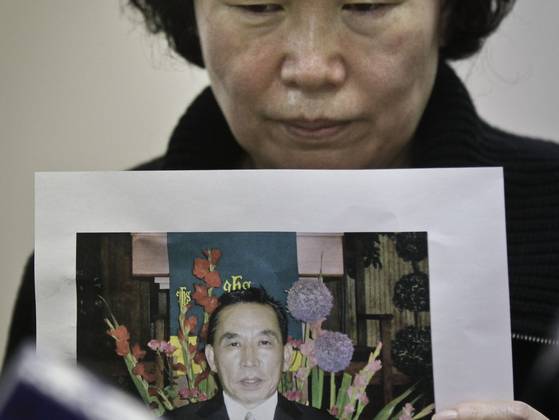Bringing your values into your work means that you understand what your values are, and are prepared to take the positions that your convictions require.
Value-centered living and working means being connected to your most basic power source. By determining your motivations, values are the source of tremendous personal power. When you are wired this way, it is no longer possible to “keep quiet” when something offensive is happening around you. You not only feel complicit (because you know better) but also motivated (because you are able to do something about it).
Moreover, where people of principle are concerned, there is tremendous strength in numbers—and the good news is that you don’t need too many others to raise their voices with you. In a quiet room, those who speak up can always be heard, and a couple of voices can drive the conversation.
America today is far more quiet than it should be, not about politics certainly, but about how we should be living and working. Among others, Charles Murray recently said that those with knowledge and conviction need to determine whether to “engage themselves and their children in the rest of America or whether they should isolate themselves from it.” It becomes a lowest common denominator community when the unacceptable is tolerated. Freedom has its limits, and those who know better need to raise their voices and push back.
The common denominator went a bit lower this week. I think we collectively crossed an unacceptable line. One of New York City’s key sources of information, the New York Post, put a picture of a man about to be killed by an oncoming train on Tuesday’s cover.
Too many eyes have already looked at the Post’s so-called “photo journalism,” and I won’t give it any more play by putting it up here. But not nearly enough of us have looked into the face of Ki Suk Han who died this week at a station on 49th Street, and perhaps we should.

Photo by Berbeto Matthews/AP
My last post was about what could be called “altruism tourists.” It also featured a picture taken in NYC, that time of a policeman giving a homeless man a pair of boots he had bought for him on a cold night. A woman with her cell phone was nearby and in a flash the picture reached millions. In that post, I wondered whether viewers actually learned something from this gracious act or merely enjoyed a brief “feel-good” sensation, their vicarious dose of generosity for the day.
This time a picture is also about the rest of us.
Much ink has been spent this week talking about the ethical obligation of a photographer (“to document or to assist?”) given the tragic circumstances presented in that subway station. The consensus among experts on “the ethics of visual journalism” is, not surprisingly, that “you’re a human being before you’re a journalist,” with an obligation to help if you’re in a position to do so. The photographer here said he was too far away to help Mr. Han. Ok, perhaps he was, but….
But what happens in a situation like this: in the split seconds between deciding to help or deciding to take your picture? What are your motivations? Are they driven by the value you place on human life or on what your picture is likely to bring you from a tabloid like the Post?
Which, of course, is where we all “get in the picture,” I think. A picture like this has a value that can compete with the value of a human life only because we want to see it.
Still, in the largely quiet room around this issue there is power to influence what’s happening, not just complicity in the way things are.
If there were less of an appetite for shock or revulsion, if we acted more like adults and less like children, if we were not so tethered to the temporary sensation—and knowledgeable voices were actually raised to say so—we’d be a lot better off.
Just someone or two of us saying so would be that powerful.
It’s a visual age. There will be lots more pictures to talk about. They too have incredible power. Look again at the image of Serim Han holding the picture of her husband and try to tell me that they don’t.
[…] Pinterest, infographics & new forms of visual learning. It’s pictures of both altruism and tragedy and our responsibilities as viewers when we look at them. In this supremely visual age, I’m […]